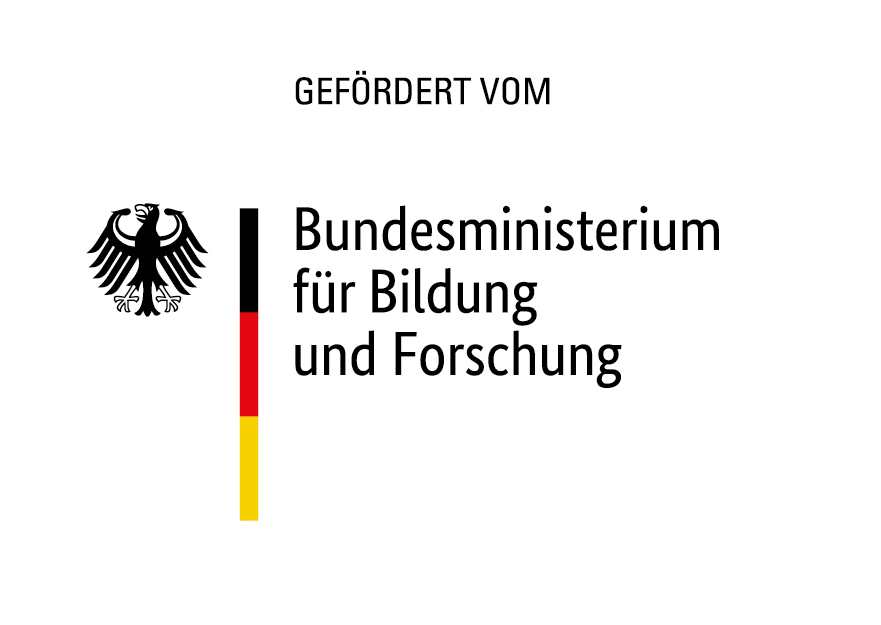Zusammenfassung
Public opinion research is entering a new era, one in which traditional survey research may play a less dominant role. The proliferation of new technologies, such as mobile devices and social-media platforms, is changing the societal landscape across which public opinion researchers operate. As these technologies expand, so does access to users’ thoughts, feelings, and actions expressed instantaneously, organically, and often publicly across the platforms they use. The ways in which people both access and share information about opinions, attitudes, and behaviors have gone through a greater transformation in the past decade than perhaps in any previous point in history, and this trend appears likely to continue. The ubiquity of social media and the opinions users express on social media provide researchers with new data-collection tools and alternative sources of qualitative and quantitative information to augment or, in some cases, provide alternatives to more traditional data-collection methods.https://doi.org/10.1093/poq/nfu053



